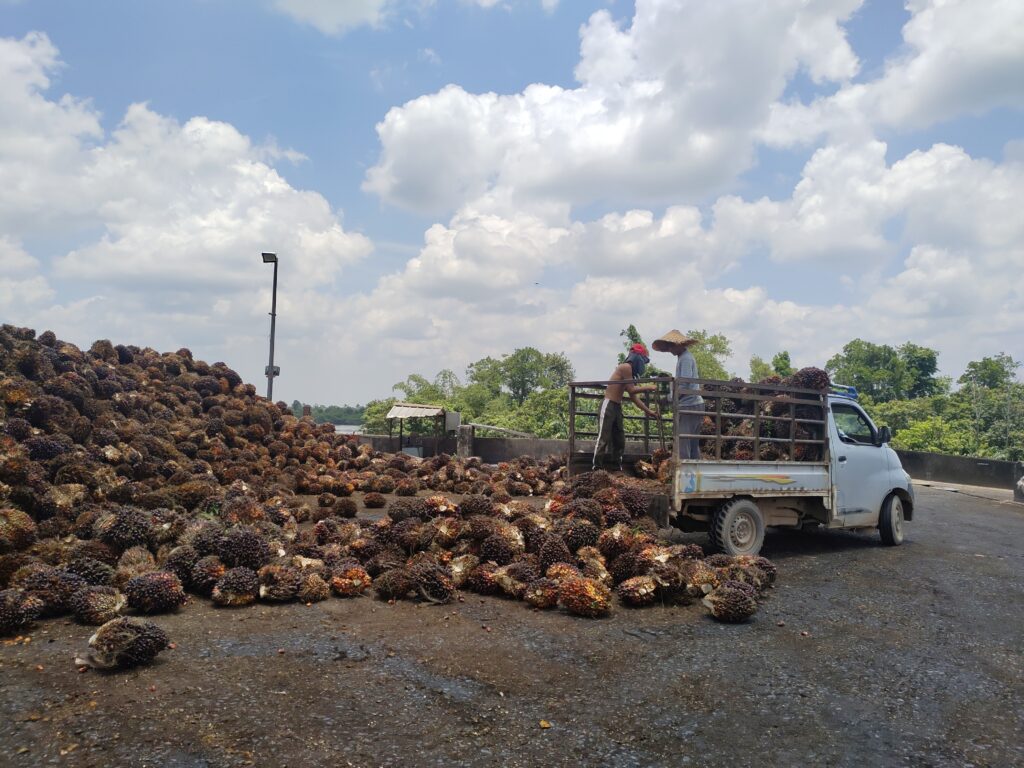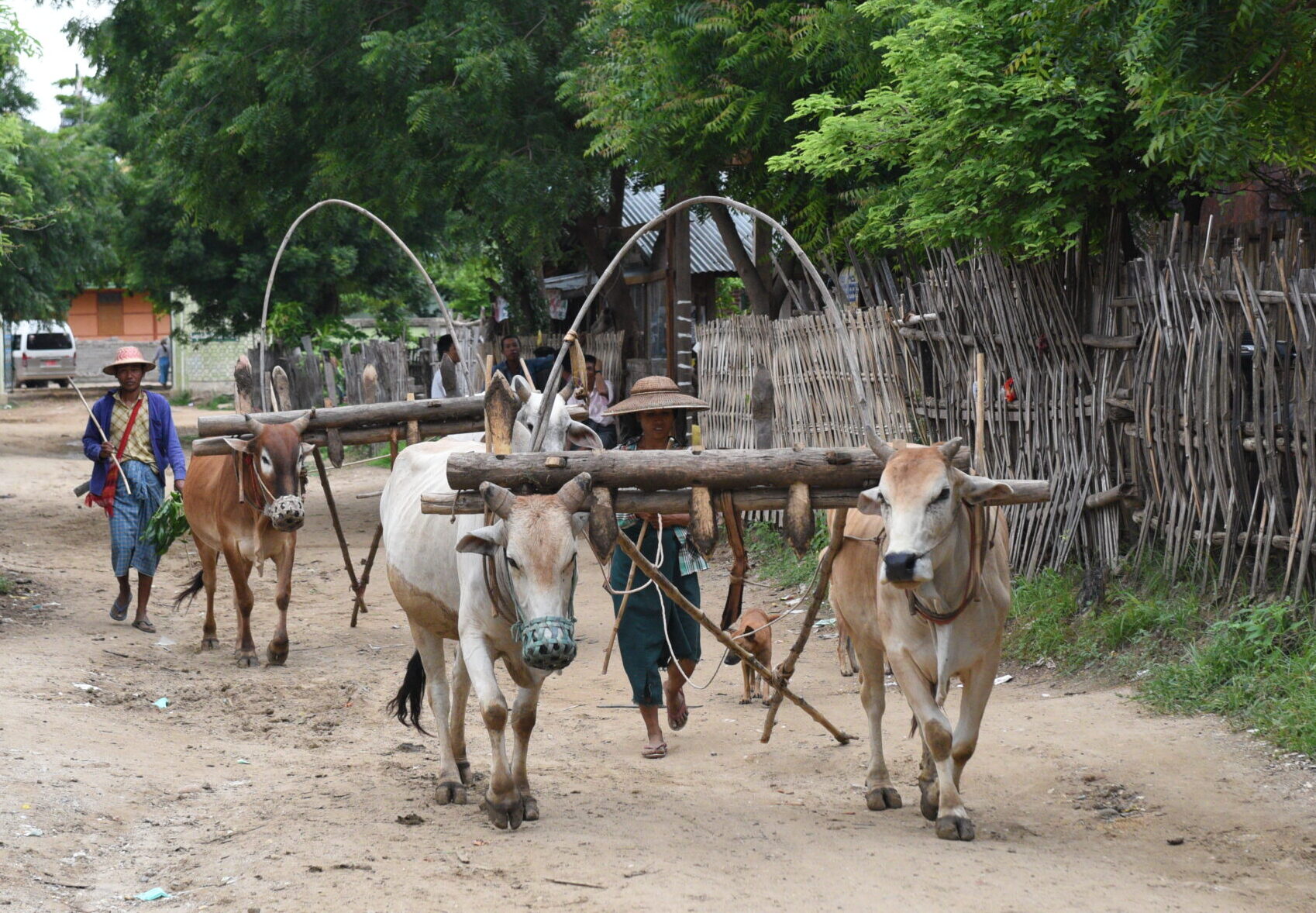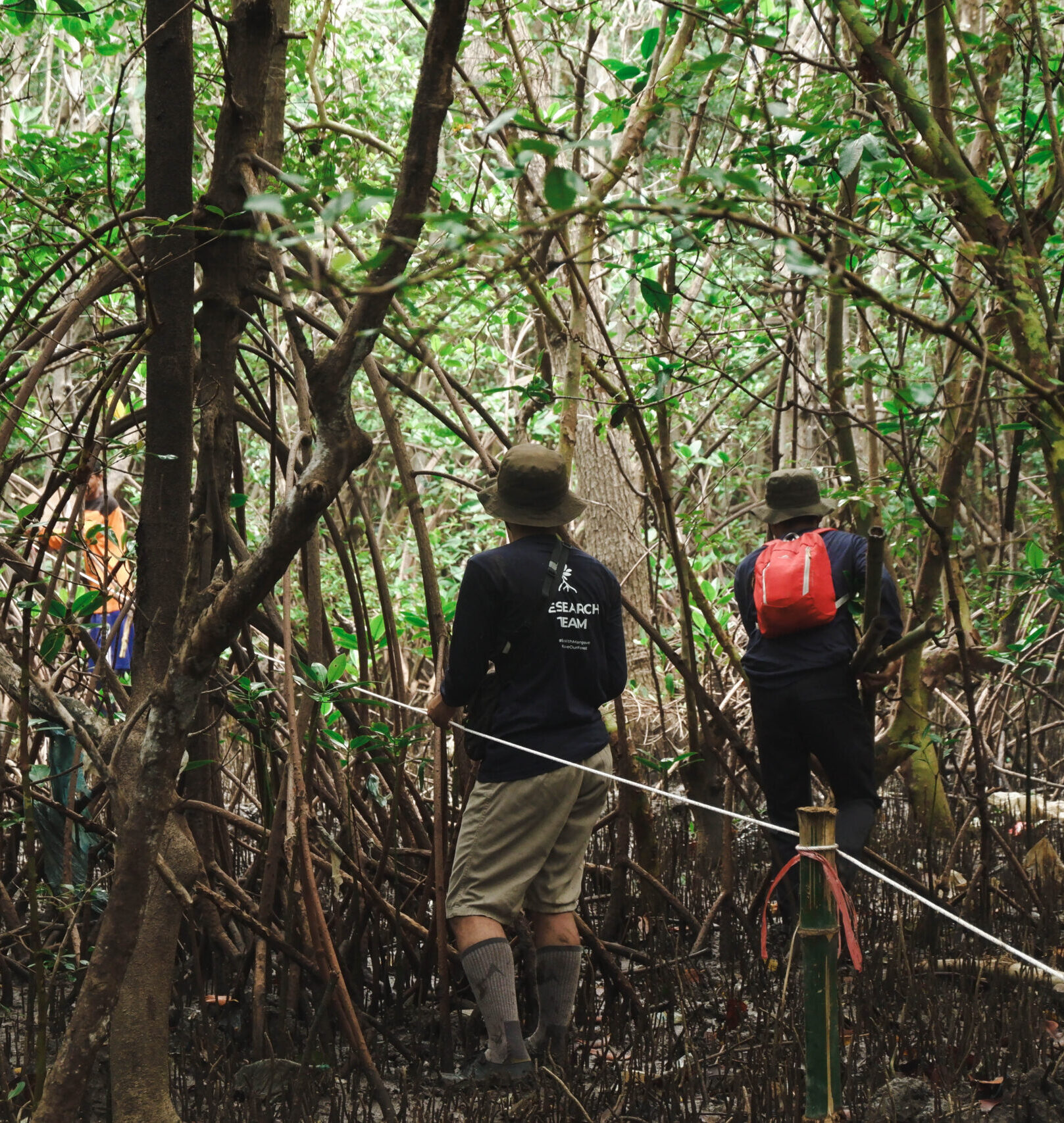WHAT WE DO?
GREEN VALUE CHAIN PROGRAM
“Aligning Partners for Sustainable Excellence.”
The Green Value Chain program aims to address environmental challenges of supply chains across countries in Asia and other regions, including forest, agriculture and other types of commodities. Fostering green value chain is crucial to balancing economic growth with sustainability, ensuring resilient ecosystems, improving farmer and community livelihoods, and holding all stages of supply chain actors responsible. This program will help companies meet global demand for sustainable and deforestation-free commodities.

Sustainable Agricultural Investment and Trade in ASEAN Countries
Building upon past engagement and consensus with forest and agriculture business associations and NGOs in the ASEAN region, we will start building partnerships to support sustainable agriculture investment practices. We will support companies with improved commucation with local NGOs and communities, implement sustainable and social responsible production, and summarize successful models to be shared with other companies, investors and government agencies for recognition and better policy making.
Green Finance for Commodity Supply Chain
Transitioning to sustainable supply chain practices often incurs significant costs, including the adoption of advanced traceability and management technologies, certification processes, and capacity building. Many smallholders and businesses lack the financial resources to undertake these changes independently. Green finance mechanisms—such as sustainability-linked loans, green bonds, carbon credits, and other innovative tools—can provide critical incentives for stakeholders to embrace environmentally responsible practices. To support this transition, we will collaborate with financial institutions and regulators to enhance financing mechanisms, tools, and policies, ensuring that smallholders and businesses have the resources needed to drive market transformation toward sustainability

SUSTAINABLE COMMUNITY PROGRAM
“Nature should not be taken for free!”
The perception of nature as a free, unused and unlimited resource results in the loss of our shared natural capital. Biodiversity and ecosystem services suffer because markets and politics reflect their values poorly. We believe that biodiversity finance is the practice of raising and managing capital and using financial and economic tools to support sustainable biodiversity management and sustainable development.
Building An International Platform to Share Financial and Economic Tools
For the past years, we initiated an international platform named “East and Southeast Asia Community Conservation Network” (short for EASACCN) for NGOs, private sectors, and governments of Asian countries to share their community-based conservation works, biodiversity financing solutions and best practices, learn innovative mechanisms and financing tools from investors, and inspire regional collaboration to foster a new market that values biodiversity and ecosystem services.


Supporting community-based SMEs in the new market
Conserving over 50% of the land, local communities living in intact areas are the most important players in the new ecological economy market. They should become the main entities (such as SMEs or social enterprises) to provide eco-services to customers. However, most of them remain unsupported and vulnerable without rights, capacity, and funding. Give to Nature will support local communities through capacity building, financial resource linking, piloting, and dissemination to enable their participation in the new market and amplify their voices into the international stage.
CLIMATE CHANGE ADAPTATION AND MITIGATION PROGRAM
“Meeting the 1.5°C Climate Goal Will Save Millions of People.”
Climate change is now a global topic that no one can ignore. Adaptation and mitigation are the two main responses to climate change. They are two sides of the same coin: mitigation addresses the causes of climate change, and adaptation addresses its impacts, and they are equally important. In this program, we will look at areas that are extremely vulnerable to climate change in Asia and work with both policymakers and local communities to explore mitigation and adaptation solutions at the regional level.
Building Mangrove Conservation Corridor in East and Southeast Asia
East and Southeast Asia owns 33% of the world’s mangrove forest. Mangroves are implemented as a nature-based solution (Nbs) for coastal protection, carbon sequestration, and other services. Singapore’s mangroves are some of the most biodiverse in the world, containing 50% of the plant species and storing over 1.4 million tonnes of carbon dioxide. Even though great conservation successes have been achieved in Singapore and globally in the past decades, some mangrove areas may still be at risk from potential land use change. Thus, we will conserve and restore mangrove forests locally in Singapore as well as form a consortium to protect the regional mangrove forest corridor with other countries. Local and regional actions include mangrove rehabilitation, mangrove carbon trade, mangrove sustainable use, and multilateral policy collaboration will be taken with the support of focal governmental departments, development banks, NGOs, private sectors and local communities.

